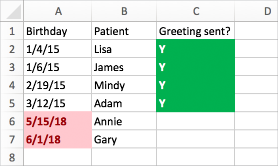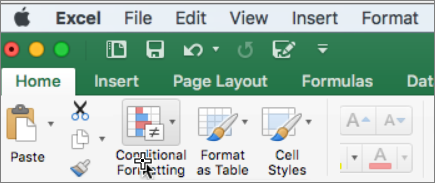

Select the column you will create in-cell bar chart based on, and click Home > Conditional Formatting > Data Bars > More Rules. Select the data that you will use to create the pie chart. pivot tables and charts BI interface in Excel AdventureWorksDW database, 150 column chart, formatting/selection, 153 conditional formatting, 152 dashboard creation, 156–157 data bars, pivot table, 152 sales pie chart creation, . Press with left mouse button on "Add Data Labels" 3. FiGURE 20-3 For this simple data, Excel recommends a clustered column chart, pie chart, or clustered bar chart.

to five of Excel's major analysis features: conditional formatting, charts, formulas that calculate totals, tables. The Format Data Labels dialog box will appear. You'll notice that although you can move the textbox around inside the chart you cannot make it go outside the chart, because this textbox is an object belonging to the chart. Additionally I want to retain a numeric value for Fail so that I can show the Failed Items on a Chart, a bar for each Line Item that fails. selecting,507–509 fancy fills, 510–514 Format Data Labels dialog box,502–503 overlay charts, 532–533 pie charts, . Found inside – charts, formatting 3-D charts, 528–531 adding legends, 500–501 adding titles,499–500 applying shadows, 515 background. I'd like to use conditional formatting to color the cell green for Pass and red for Fail.

For a pie chart, it's either "in" or "out". Each piece of data is represented as a portion of a whole, so relative sizes are easy to compare.


 0 kommentar(er)
0 kommentar(er)
